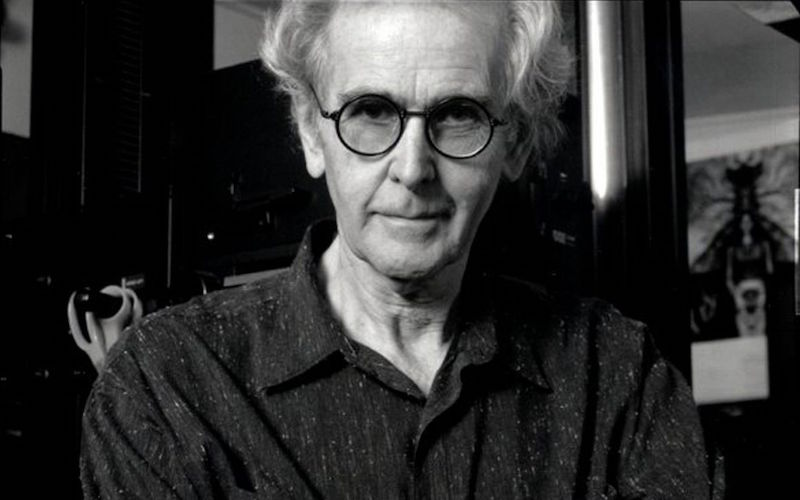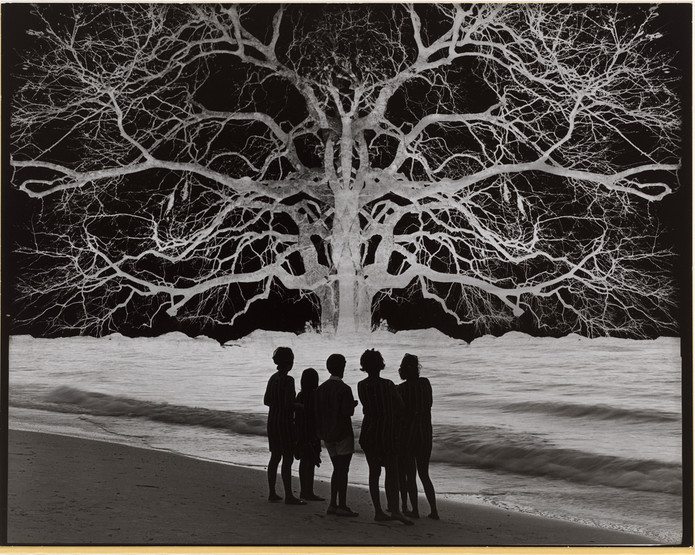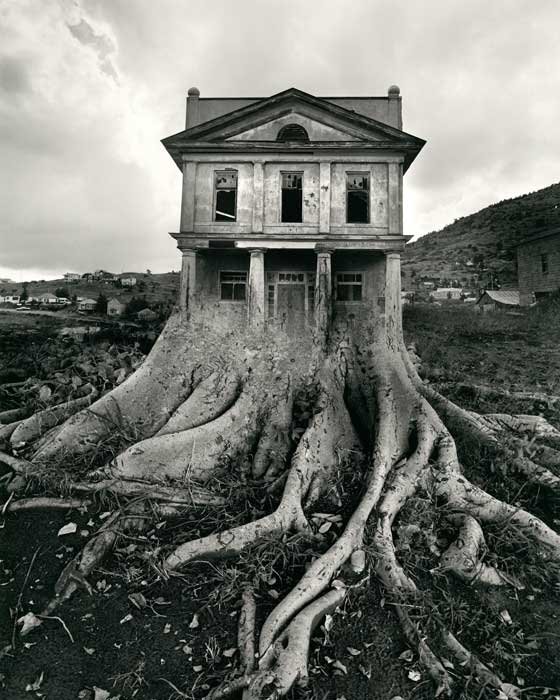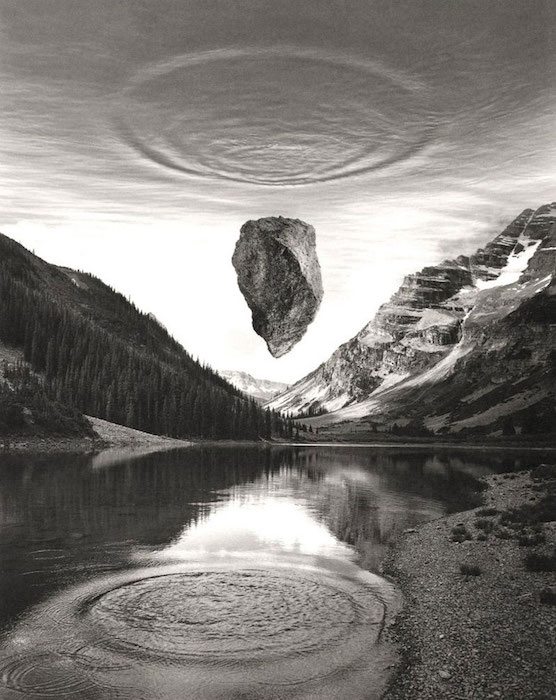Jerry N. Uelsmann
(1934–)
Episode #9 of the course Most famous photographers of all time
Jerry Uelsmann is an American photographer known for processing surreal, multilayered images using advanced and tedious darkroom development techniques. He experimented with combining images using analog processes in the pre-digital days of photo montage and manipulation. Uelsmann was a professor at the University of Florida for 35 years, crediting teaching for constantly opening new doors for him in his creativity and production.
Uelsmann grew up in Detroit, Michigan, and developed an interest in photography in high school. He studied at Rochester Institute of Technology and Indiana State University. During the mid-20th century, popular photographers did not practice adding a lot of “after-effects” to their photos, preferring instead to put a lot of work into setting up a shot. Uelsmann found himself bored, never satisfied by images in the viewfinder. As part of an art department, he was inspired by the artists around him who took numerous approaches to their artistic processes.
Claiming that the only audience member he has to satisfy is himself, Uelsmann will continue to tweak, combine, add to, or alter his photos until he feels they are finished. His works are surprising and whimsical, often juxtaposing completely dissimilar things in a seemingly natural fit, such as a set of hands shuffling cards at a funeral, or a woman’s disembodied lips appearing in the air above a forest trail.
Uelsmann uses multiple enlargers to process numerous images and overlay them. The result is a series of images that become increasingly complex. An early image that gained him popularity is Apocalypse II from 1967, which depicts a group of children looking into the sky at a lightning-white tree trunk illuminating the scene like a mushroom cloud.
Trees are a common image in Uelsmann’s work, as are hands, water, clouds, and silhouettes of people. One of his more famous photographs, Untitled 1982, shows a decrepit house sprouting roots and growing out of the landscape. In his recent years, Uelsmann has come to see boats as a symbol of a spiritual journey, as evidenced by his Voyager from 2008.
He is always experimenting, exploring, and combining images based on intuition and emotion. Having decades of images to choose from is his luxury. When he is developing one image, he may suddenly remember another he took 10 or 15 years ago. He will find it, print it, and develop several simultaneous versions to see which spurs his creativity.
Uelsmann never uses a digital camera or manipulates his photos using Photoshop or other software. His images are always in black and white, although his manipulation of them relies heavily on uses of grayscale, texture, perspective, over- and under-exposure, and even inverting color schemes.
Uelsmann’s work has been shown in over 100 exhibits, the first at the Museum of Modern Art (MoMA) in 1967. He has received a Guggenheim Fellowship and an endowment from the National Endowment of the Arts. He currently has works in over a dozen museums around the world.
Learn Something New Every Day
Get smarter with 10-day courses delivered in easy-to-digest emails every morning. Join over 400,000 lifelong learners today!
Recommended book:
“Uelsmann Untitled: A Retrospective” by Jerry N. Uelsmann
Share with friends






